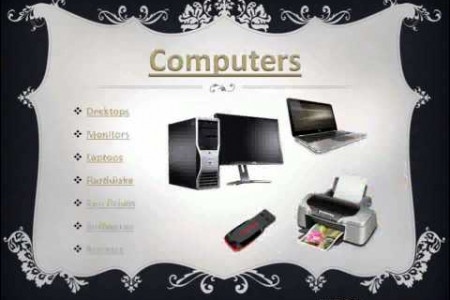
The Evolution of SPI Flash Memory
The Changing Serial Flash Memory Landscape SPANSION Spansion FL-Ss SPI [pronounced "S.P.I" or "spy] The serial peripheral interface (SPI) is an interface that enables the serial (one bit at a time) exchange of data between two devices. It has been employed in systems for communication between processors and Flash memory. The simple serial interface requires fewer connections and thus fewer pins. This lowers cost, simplifies board layout and reduces the form factor of many embedded designs. SPANSION® FL-S SPI FLASH MEMORY ADVANCEMENTS 5X FASTER ERASE → Enables faster code update → Reduces chip 0.7 The year the serial peripheral interface 1979 was first used. re-programming time during manufacturing → Introduction of the board game Trivial Pursuit → Margaret Thatcher was Prime Minister of the United Kingdom → Superman The Movie was a big hit → M*A*S*H, The Love Boat, Taxi and Charlie's Angels were on TV 0.13 Spansion FL-S Micron N25Q Time to program 256 Mb → "My Sharona" by The Knack was #1 for 6 weeks on Billboard Charts 3X FASTER PROGRAM → Reduces programming 66 costs SERIAL VS. PARALLEL INTERFACE: → Increases manufacturing throughput 80% less board space 23 75% fewer pin connections Spansion FL-S Micron Lower System Cost with Less Performance N25Q Time to program 256 Mb 20% FASTER READ SPI EVOLUTION → Faster system boot times → Improved user experience 66 Double 54 Data Rate 66MB/s (DDR) Micron Spansion FL-S x4 52MB/s N25Q x2 26MB/s INDUSTRY-LEADING PERFORMANCE ENABLES INNOVATION х1 17MB/s → High density and high performance drives new applications like automotive instrument clusters with real-time graphics → Small form factor for stylish design in next generation electronics → Improved user experience and lower system cost DENSITY 512 KЬ > 8 МЬ 128мЬ 1Gb SPEED DDR Read-
The Evolution of SPI Flash Memory
Source
Unknown. Add a sourceCategory
ComputersGet a Quote







